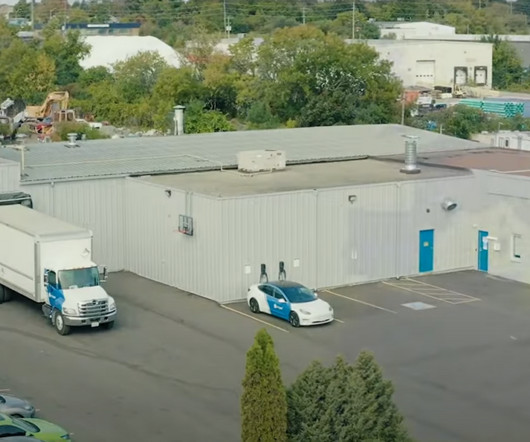Team develops high-capacity Li-ion sulfur battery; no Li-metal anode
Green Car Congress
APRIL 23, 2018
Now, a team from Spain, Italy and Germany reports an efficient lithium?ion ion battery using an enhanced sulfur–carbon composite cathode that exploits graphene carbon with a 3D array (3DG?S) based anode (Li y SiO x –C)—i.e. avoiding the use of a Li metal anode entirely. The Li y SiO x –C/3DG?S cost and high?energy?storage













Let's personalize your content